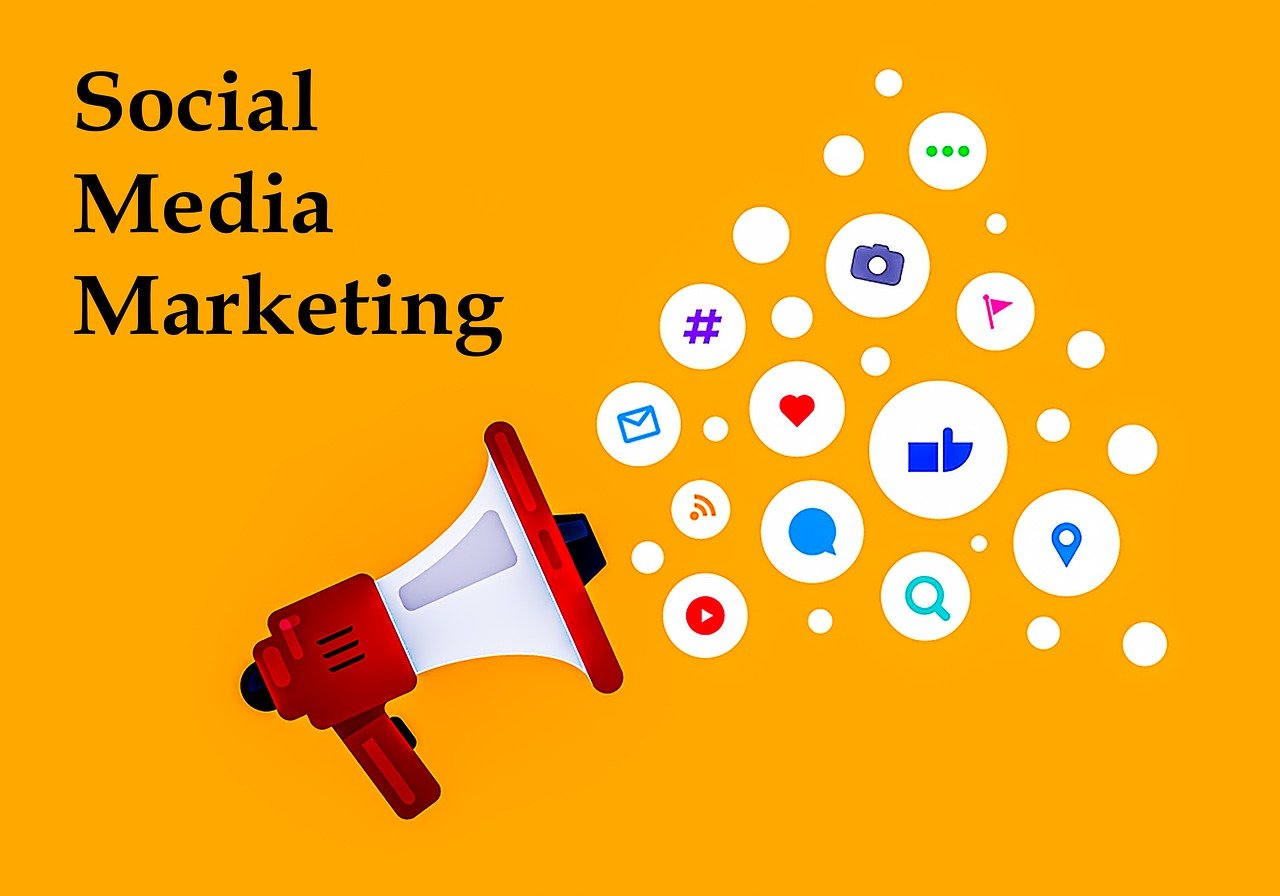
Creation and examples of a marketing funnel
A digital marketing funnel is an online sales strategy because selling on the internet is very different from selling in a physical store. Online sales can seem colder and unfathomable to many but if we understand a person’s behavior before they make a purchase, we can carry out a strategy with more predictable and automated results.
Want to know how it’s done? Keep reading and we’ll show you.
What is a sales funnel?
Funnel here means a “sales” or “conversion” funnel and refers to the path a customer takes from when they’re thinking of making a purchase to when they actually do it.
At first, the potential customer is aware that they have a problem, but they haven’t decided to solve it yet by making a purchase. They have to go through all the phases.
The first phase is the TOFU or “top of the funnel” phase. This is the widest part of the funnel.
Some of these new customers will feel that your products or services fit what they need but they are assessing various options, which is how we arrive at the MOFU phase: Middle of the funnel or central zone.
At the last stage of the marketing funnel we have the area called BOFU or “bottom of the funnel”.
This is the narrowest part and whoever makes it here becomes a customer more easily. You just need to knock down their barriers during the buying process to get them to say, “yes.”
This process is called lead nurturing.
How do you create a funnel step by step?
To create a marketing funnel for ads, you need more than attractive ads. You have to design your audience’s purchasing process long before you think about advertising. And for this, it’s vital to develop these phases:
– Create a well-defined and well thought out business model.
– Have your ideal client or buyer persona clear.
– Sell a product or service that meets a real need as well as the buyer’s expectations.
– Attract a greater number of potential customers by getting traffic to your website.
– Create a content marketing strategy that interests your audience.
– Create advertising campaigns on the appropriate media channels.
– Develop a data collection system for each potential client.
– Write and design a sales page for your products or services.
– Consider an email marketing strategy to strengthen your sales system and recover contacts that have left the funnel without making a purchase.
It sounds like a lot, but these are the steps you need to take to have a working online brand and applying them has a lot of benefits for your company.
Advantages of having a sales funnel
Look at what you can achieve by using this system:
– You get results faster than with 100% organic content or with ad campaigns lacking strategy.
– You make your investment in advertising more profitable.
– Customers are more likely to buy from you again.
– You get clients who recommend you and do marketing work for you.
How to make a marketing funnel
There are many phases to a paid ads funnel or marketing funnel for ads. Let’s look at them one by one so you know how to develop your own.
The key starting point for an inbound marketing funnel: create valuable content

The first step is creating useful content. Post videos, carousels, infographics, and assorted content in different formats on your social networks.
After a while, select the ones your audience liked the most and keep them in a safe place. First we have to do something important…
Add the Facebook pixel to your webpage
Your Facebook ads funnel and Instagram ads funnel depend on the Facebook pixel. This pixel collects useful information about the people who visit your website and stores it to help you segment your campaigns in your marketing ads funnel.
Cold traffic and warm traffic
Something important to think about before launching into creating your ads is the type of traffic you are going to target. Ad content for cold traffic (they don’t know you or your brand) should be different from content for warm traffic.
Warm traffic is traffic that already knows you, has visited your website, or follows you on social media. Can you guess who is closer to making a purchase? Exactly, the warm traffic.
“Lookalike” and “similar” audiences
The more detailed and similar to your ideal client, the better. You will reach fewer people but the probability of grabbing their attention and making a sale is much higher.
Create advertising campaigns promoting the content that has worked best organically among your followers on social networks and target an audience similar to your website visitors. Your chances of success will increase.
Sales page or data collection?
Both for a Google Ads funnel and for Facebook or Instagram campaigns, it’s important to have a well-designed sales or landing page. Think of it as hiring a good sales team for your business.
However, if you’re targeting cold traffic, it’s better to set up a data collection page in exchange for signing up for a free webinar or downloading a free resource.
For online stores, registration in exchange for a discount works very well. Depending on the type of products you sell, the discount could be a fixed amount or a percentage.

Whether you have an e-commerce or are selling a service, from this moment on, they are subscribed to your database and these data will allow you to contact them again by email.
Remarketing or retargeting strategies
For people on your mailing list who haven’t bought from you based on price, you can create a slightly lesser product at a cheaper price.
And, if they’re not ready to make a purchase, keep in contact. Your emails, with the right regularity and content, can turn them into paying customers later on.
This is a step by step example of a marketing funnel for ads that you can use to create your own sales funnel. We recommend you don’t skip any phases because they are all important for achieving the best results in your online campaigns.












